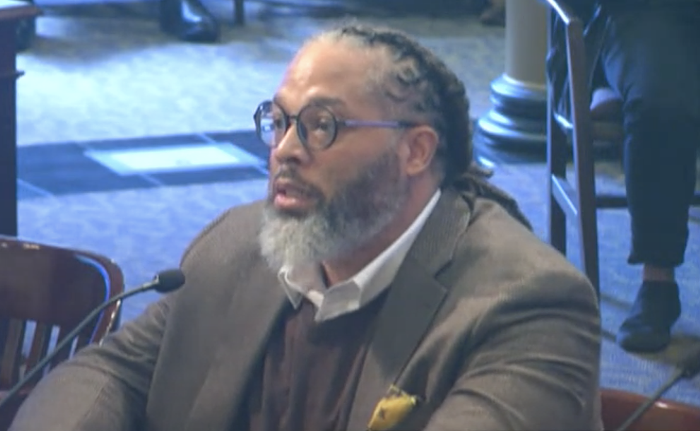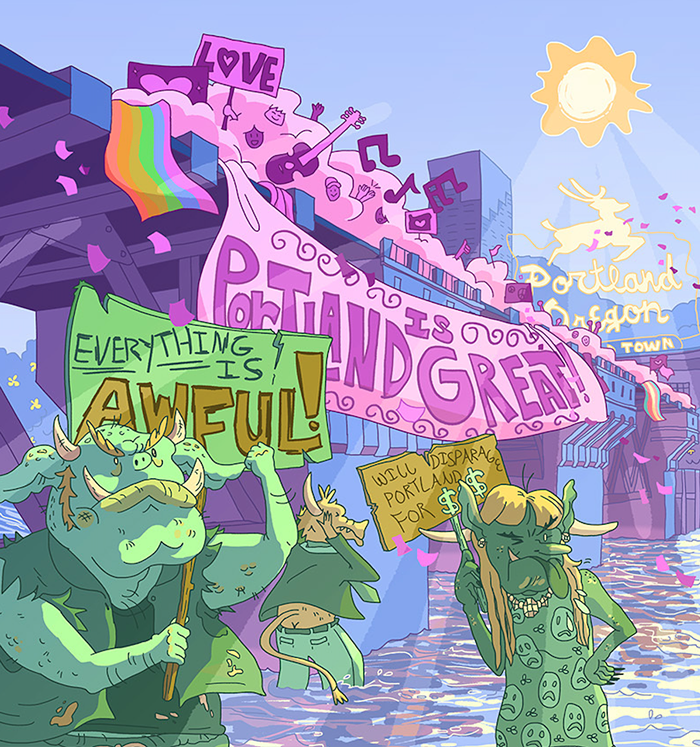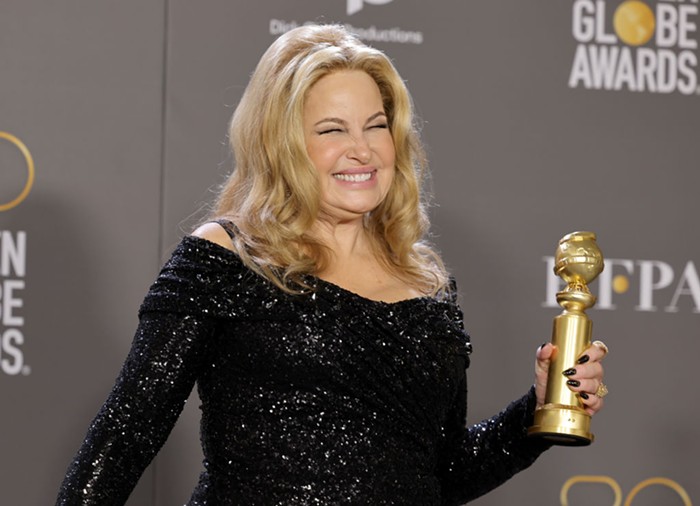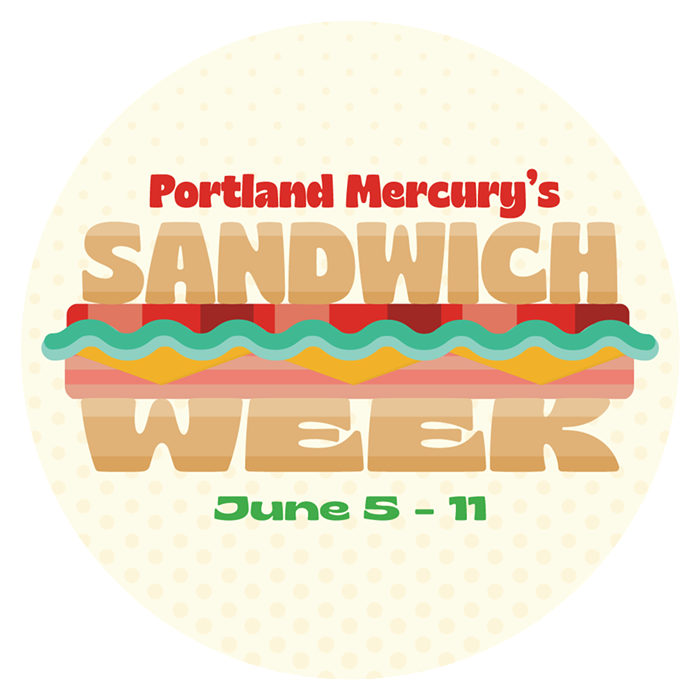IT'S BEEN 40 YEARS since the cultural upheaval of the mid '60s, and in that time, historians, burnouts who were there, and obsessive record collectors have uncovered evidence that there were a thousand reasons why culture—specifically pop music culture—underwent such massive changes.
Of course, most folks blame the Beatles; I blame the Byrds, but the cauldron was bubbling concurrently in the UK and stateside. Rock, in the US, and "beat," as it was known in the rest of the world, began with the explosion of mid-'50s rockabilly and black R&B. Soon bands worldwide were awash in the backbeat.
Then in mid-'65, via the Kinks and Jeff Beck-era Yardbirds, an Indian influence crept into English beat music. It was a knowing nod toward the future.
At the same time, something suspect was creeping about the US. There was a batch of new folkies who—driven by jazz, Bob Dylan, and Fred Neil (who wrote the theme to Midnight Cowboy)—plugged in and invented folk-rock. Laced with the philosophies of Timothy Leary, "agitator" politics, the antics of the Merry Pranksters, and LSD, they were taking their ideas about freedom and square society above ground.
As 1965 became 1966, this heaving mass of politics and a tightly focused teen market were tempered by changes in pop culture and consciousness. Upheavals were brought on by unstoppable shifts in thought and action, and when the revolution hit, it hit like a storm. Psychedelia was that storm, a movement that became the unifier of the Cultural Revolution.
In March 1966, the Byrds' Eastern-influenced "Eight Miles High" single was released, followed by Love's expansive self-titled album in July. That fall, psychedelia officially arrived with a Beatles' B-side, "Rain," and the Revolver album. Soon after, the Yardbirds' single "Happenings Ten Years Time Ago" came along, and with the Jefferson Airplane, the psychedelic sound was consolidated.
By spring of 1967, the sugar cubes had been dropped. Thankfully, this revolution went worldwide and proved to be a universal form for experimentation. Everywhere, beat/R&B bands gave freaking out a try, often cross-breeding their traditional folk with this new form of pop, usually to great effect. (See: Tommy James and the Shondells' "Crimson and Clover.")
After the initial volley of psychedelic records, the following two years were flooded with thousands more. These records proved to be the scene's most vocal voice, politically and artistically—but they wouldn't play themselves. They needed radio and TV. In 1966, US national radio and television exposure was invaluable, so that turning on the entire country meant tuning in to syndication. For instance, the Los Angeles and San Francisco movements that are now legend were initially unexposed, local scenes—essentially isolated islands. It was radio that spread the word.
Unfortunately, for that reason, many groups stayed underground. This is what happened to now-respected bands like the Velvet Underground. However, for bands that didn't quite figure into the visible pop context, there was a collective "underground" nature to the scene that solidified it as part of the community. It may sound silly now, but there was an unspoken collective experience that bound the movement.
By the '70s, the scene had dispersed. Bands went rural, communal, or heavy; artists got famous and politicos kept shouting. Then in the late '70s and early '80s, there was renewed interest in '60s pop culture. This led to a handful of cool neo-psychedelic bands, though some were tarnished by caricature and '80s-style production. Others made reverb-drenched drones to take drugs to. Then came "grunge." On a mainstream level, not much happened in the '90s, save for a thousand '60s-style garage bands. The psychedelic drought finally gave way to the contemporary acid folkies and long hairs, like Dungen and Silver Sunshine.
Since the turn of the new century, with help from the BBC, NME, and Pitchforkmedia.com's constant coverage, psychedelia has been reborn—and very publicly—as weird (or freak) folk with artists like Devendra Banhart, CocoRosie, Faun Fables, Espers, Sunburned Hand of the Man, and Vetiver weighing in with popular records. Over the past couple years, Six Organs of Admittance, Castanets, and No-Neck Blues Band's mix of country, Americana, and free jazz have also made news. Locally, talented psyche bands have been popping up all over the place, including folks like 2% Majesty, Blitzen Trapper, Bark, Hide and Horn, Jackie-O Motherfucker, World, and Plants (whose singer, Josh Blanchard, wrote a good bulk of this issue.)
Barring the occasional latecomer, most of these bands have been making psychedelic music long before publications like this one began analyzing it, and—trends and hype talk aside—the good ones will continue doing so well into the next psychedelic "revival."












